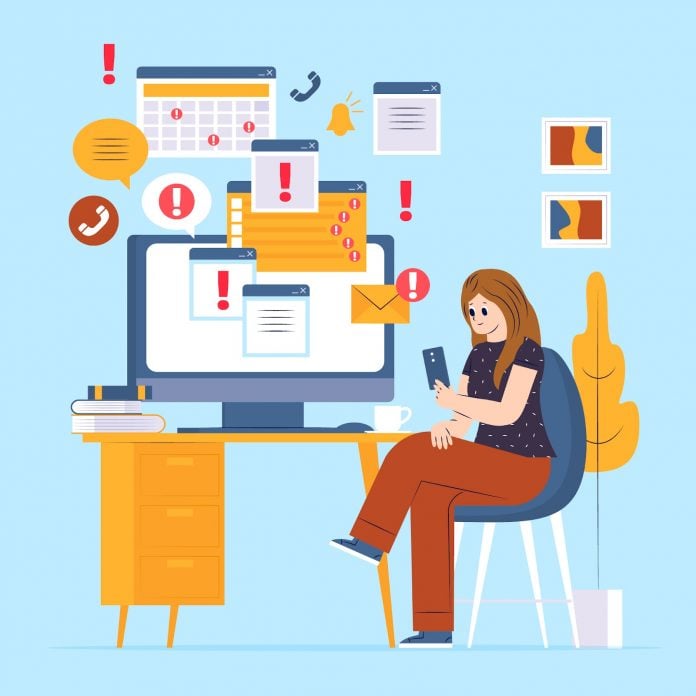After you have applied for a job, it is essential to stay on the company’s radar by writing effective follow-up emails that show your genuine interest in the position and the extra effort you are putting into landing the job.
A follow-up email also demonstrates your eye for detail and a display of courtesy, two highly commendable qualities that potential employers look for in candidates and ones that make them stay ahead of the competition.
Even a brief email is enough to highlight your qualifications and interest in the job. It is also a good way to know what to say if the hiring manager has any questions about your job application.
Tips to write a follow-up email after application
First of all, don’t be in a hurry. The hiring manager should be given enough time to sift through all the applications, so wait at least two weeks before pursuing the matter again.
The title of your review application should be straightforward. It should convey to your prospective employer immediately what the email is about and who it is from. So, keep it short, sweet, and to the point.
Once you have written your follow-up email, proofread it for grammatical errors or typos. Leverage a premium AI detection model to identify artificial sentences, craft words powerfully, and provide clarity and structure to ensure the follow-up message resonates with your recruiter.
With a professional follow-up application letter generator, candidates can quickly craft a customized follow-up application using a range of templates, real-time editing, automated reminders, and email integration.
A reliable template is essential to write a professional follow-up email, despite the tedious and complicated process. A breakdown of the template should be as follows:
- Begin with a strong subject line summarizing the email’s purpose.
- A warm greeting at the start can establish a good rapport with the recipient.
- Write the purpose of the email in the main body of your letter and explain every topic in a different paragraph. Ensure that each para contains a few to-the-point sentences to maintain brevity and clarity.
- Finally, at the end of the email, choose a phrase that includes an actionable clause to encourage your recipient to take prompt action.
AI tools can shorten the process, but you must choose the best one to produce high-quality content and complete all your text-based tasks, including email writing.
Mistakes to avoid
Here are five mistakes one should actively avoid:
- Using buzzwords in the subject line
- Giving no context to your email
- Offering no call-to-take-action
- Waiting too long to send the follow-up
- Using funny language
Key Takeaway
Sending follow-up emails to potential employers leads to engagement and moves the hiring process forward.
With the right balance of courtesy, compelling content, consideration, and implementing AI tools to streamline the writing process, any job seeker can craft a follow-up email that sparks positive connections and drives real results in minutes.
